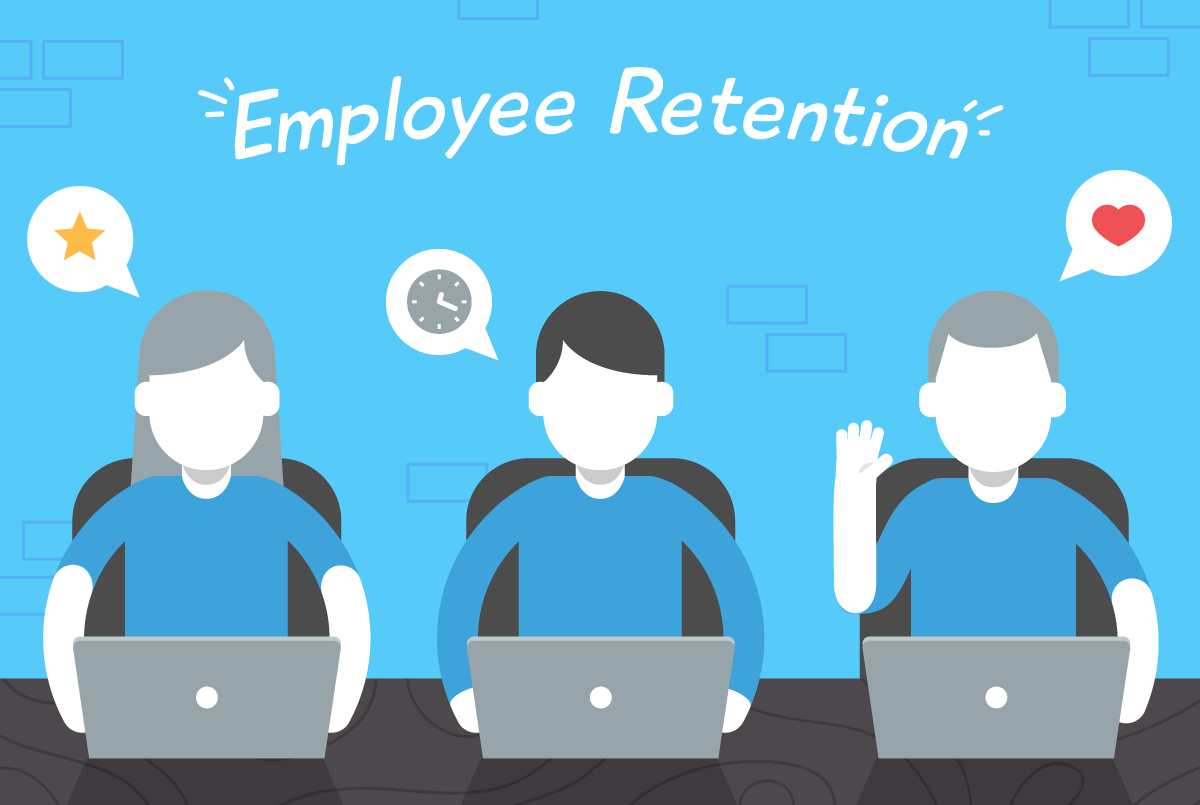The pandemic has pushed everyone out of their comfort zones, including merchants and consumers. Since brick-and-mortar shops were closed down temporarily, retailers had to transition to e-commerce to save their businesses quickly.
By promptly launching e-commerce websites to cushion business losses, merchants had to take crash courses in online order fulfillment, digital payments, and warehouse management processes.
Meanwhile, consumers were finding online shopping and brand exploring enjoyable and convenient during the pandemic. With this, as a retailer, you must know how to build a solid e-commerce customer service strategy to keep your customers happy, foster lasting relationships, and take advantage of their shopaholic high.
What is E-Commerce Customer Service?
E-commerce is the buying and selling of goods in an online marketplace, while e-commerce customer service is how online businesses assist their customers. From making online purchase decisions to resolving issues, you must know how to create a seamless customer experience across all platforms.
Now that we live in the digital era, every online business should have an e-commerce customer service strategy to stay competitive. In fact, 95% of consumers value customer service as it affects their decisions on brand loyalty.
However, just adding customer service to your business isn’t enough. You must deliver excellent customer service at all times to get loyal customers. You might think that you’re doing well in this section of your business, but your customers may disagree. 80% of companies believe that they provide their customers excellent customer service, but in reality, only 8% of their customers agree.
The expectations of consumers today from retailers are sky-high, as they’re more critical than ever when it comes to their overall customer experience. But, the good news is, millennials are willing to pay 21% more for products with outstanding customer service.
How is E-Commerce Customer Service Different from Retail Customer Service?
You may think that the customer service strategy for your retail brick-and-mortar store will be the same when you transition to e-commerce. You just brought your business online; what’s the difference? There are tons. The difference between e-commerce customer service and retail customer service lies in a variety of factors.
- Response time – Once a digital customer reaches out to you, you must respond ASAP. For e-commerce businesses, your competitors are just one click away. If you leave your customers hanging for too long, they can easily switch brands and look for others who can pay attention to their needs immediately.
- Resolution time – Alongside response time, e-commerce businesses should also pay attention to resolution time. It’s a huge factor if you want to increase your customer satisfaction. Customers today expect you to resolve their issues faster than ever before, so your team should put this factor at the forefront of customer service.
- High expectations – E-commerce shoppers have high expectations of online brands. They look for free shipping, 24/7 customer service options, and personalization, among others. Everything about their online shopping experience should be as convenient as possible.
- Mobile prioritization – With most consumers shopping online, e-commerce businesses should prioritize mobile-based customer support features like click-to-call, online chat, and SMS text support.
Why is E-Commerce Customer Service Important?
Usually, when customers visit a physical store, they look at the available products, ask a couple of questions or get help from the staff, pay for the products, then go home. On the other hand, online buyers are much more critical.
When customers shop online, they compare prices, read other customer reviews, or check the availability of their preferred option. They’ll check if the item is in stock, when is the earliest date they can receive it, and if they can get free shipping. The buyer’s journey with e-commerce will naturally put forth questions, and as such, consumers will expect quick answers from you.
Once they’ve placed a purchase, customers are already counting down the hours when they’ll receive their order. They’ll want to track the product and be informed if it’s already been shipped and where it currently is.
Online customers want their shopping experience to be as easy, quick, and seamless as possible, putting pressure on e-commerce merchants.
The buyer-seller relationship is no longer a one-on-one interaction. Consumers today seek the counsel of the public to determine if the product is worth buying. They may want to read online reviews or forum posts and ask questions on social media.
For any online business, all of these are a lot to handle. Compared to the customer service model of brick-and-mortar shops, there are so much more potential customer touchpoints. On the bright side, it means that there are many more potential customer service opportunities.
Find out more about e-commerce customer service through the infographic below:







